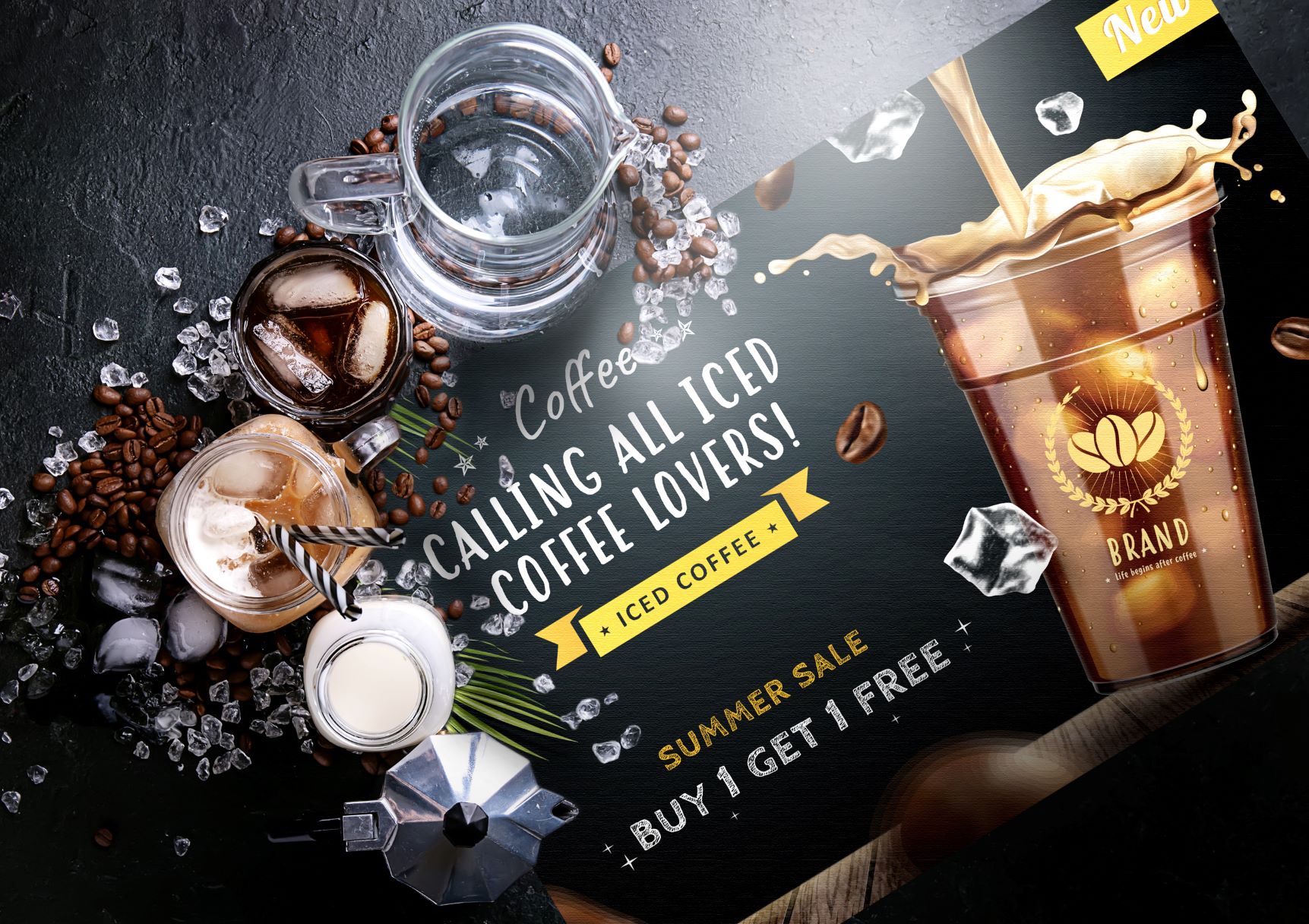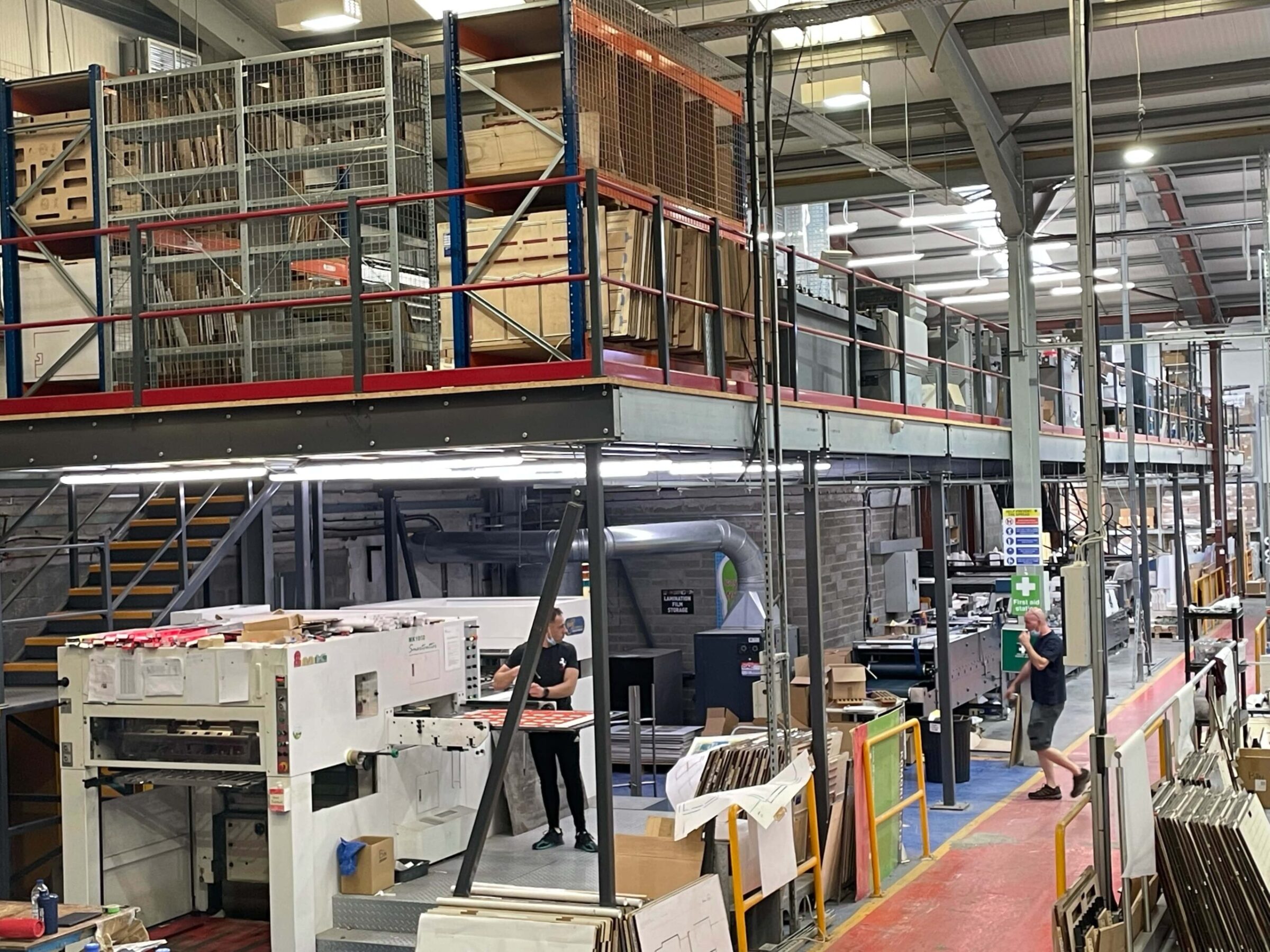The retail landscape has transformed rapidly in recent years, with the combined factors of the transition to multichannel retail – specifically the rise in e-tailers – alongside socio-economic and political factors such as Brexit and the stagnation of take home earnings changing how people shop.
The pace of change is now the fastest it’s been in over 10 years, with recent statistics on retail performance reporting that a staggering 421 retail companies have ceased trading in the last decade, with more than 30,000 ‘bricks and mortar’ stores closing down[1]. Already this year, store footfall has dropped 3%[2] and a series of big name retailers such as Poundworld have fallen into administration, while traditional names like House of Fraser and Debenhams are looking to drastically reshape their business model in order to remain competitive.
Chris Green, Channel Head for Visual Communications at Antalis UK, explains: “Retailers now have the added pressure of having to develop their proposition to meet the demands and expectations of both the older and younger generations, who may approach shopping from different angles. Often, retailers are finding that customers value convenience over loyalty; an advantage for e-tailers that can provide quick and easy options that the physical store only retailers struggle to match. However, challenging conditions aside, there are still exciting prospects for retailers that understand their customers and embrace change; meaning hope still remains for the high street and outlets.”
The combination of different types of shoppers, from Generation X and Millennials to Gen Z and now moving into the age of Gen Alpha, are the catalyst for all retail environments to become a more sensory and experiential arena. Using inkjet print techniques on innovative media and substrates can deliver stand out graphics for all aspects of a retail store; from walls, windows, floors and ceilings, in a myriad of 2D and 3D applications. Advancements in technology means that unique textured surfaces and even scented prints can be created, with light in particular shown to have an impact on consumers in store and influence the purchasing decision[3]. The innovative use of ink and hardware, for example UV LED printing or techniques such as ‘night and day printing’ and lenticular printing are other methods of creating sensory elements.
Chris continues: “Today’s consumers are seeking a stand-out shopping experience from their high street and retail centres and we are witnessing a significant shift from a focus on the transactional experience, to the sensory experience, as consumers want to see and feel more from their shopping journey. Mobile allows consumers to purchase and receive goods in a quick and simple transaction but often they still want to validate their choices through the ability to touch, feel and try. Therefore, when consumers pay a visit to a physical store, they need to be reminded of the added experiential benefits compared to e-stores. Retailers and brands that can create unique customer experiences driven by sensory stimulation; capturing sight, sound, touch and scent will be best placed to thrive and the inkjet print industry has a major part to play in the delivery of this new ‘look and feel’ retail environment.
“Using wide-format inkjet printing machines, innovative media and substrates, as well as different ink technologies is an approach that has been around for a while but the advancement of inkjet printers, even in the last 12 months, has made the market much more accessible and it is in this area that PSPs can really add value.”








